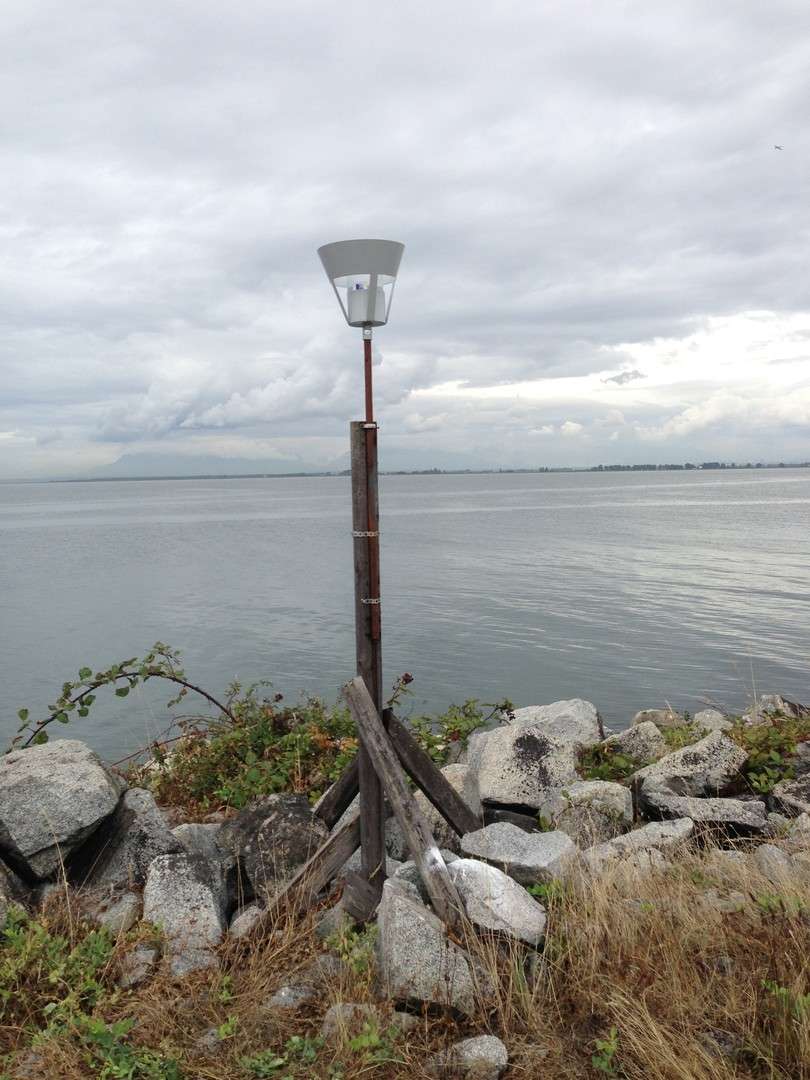MAMU Trailers
The primary purpose of the MAMUs is to collect continuous PM10 data to provide information on the air quality at the location where the equipment is located. Each unit is housed in a single axle trailer (5 foot by 8 foot) that provides both security and allows the air monitoring station to be moved and deployed easily. Inside each trailer, a Met One E-Sampler collects continuous particulate matter data via a mounted inlet extending through the roof of the trailer. Along with continuous PM10 data the E-Samplers are equipped to collect a filter sample for mass-based lab analysis or particulate characterization. Each MAMU also has a dust fall canister mounted to the trailer to collect monthly dust fall samples.
The MAMU trailers are equipped with a pole mount Met One anemometer to measure wind speed and direction. A temperature sensor and relative humidity (RH) sensor are mounted to the outside of the trailers. All components mounted outside the trailer can be easily detached when the MAMUs are moved. Data from the MAMU trailers is transmitted electronically to WSP Canada Inc. for analysis and inclusion on Westshore's Air Quality Monitoring Website.

